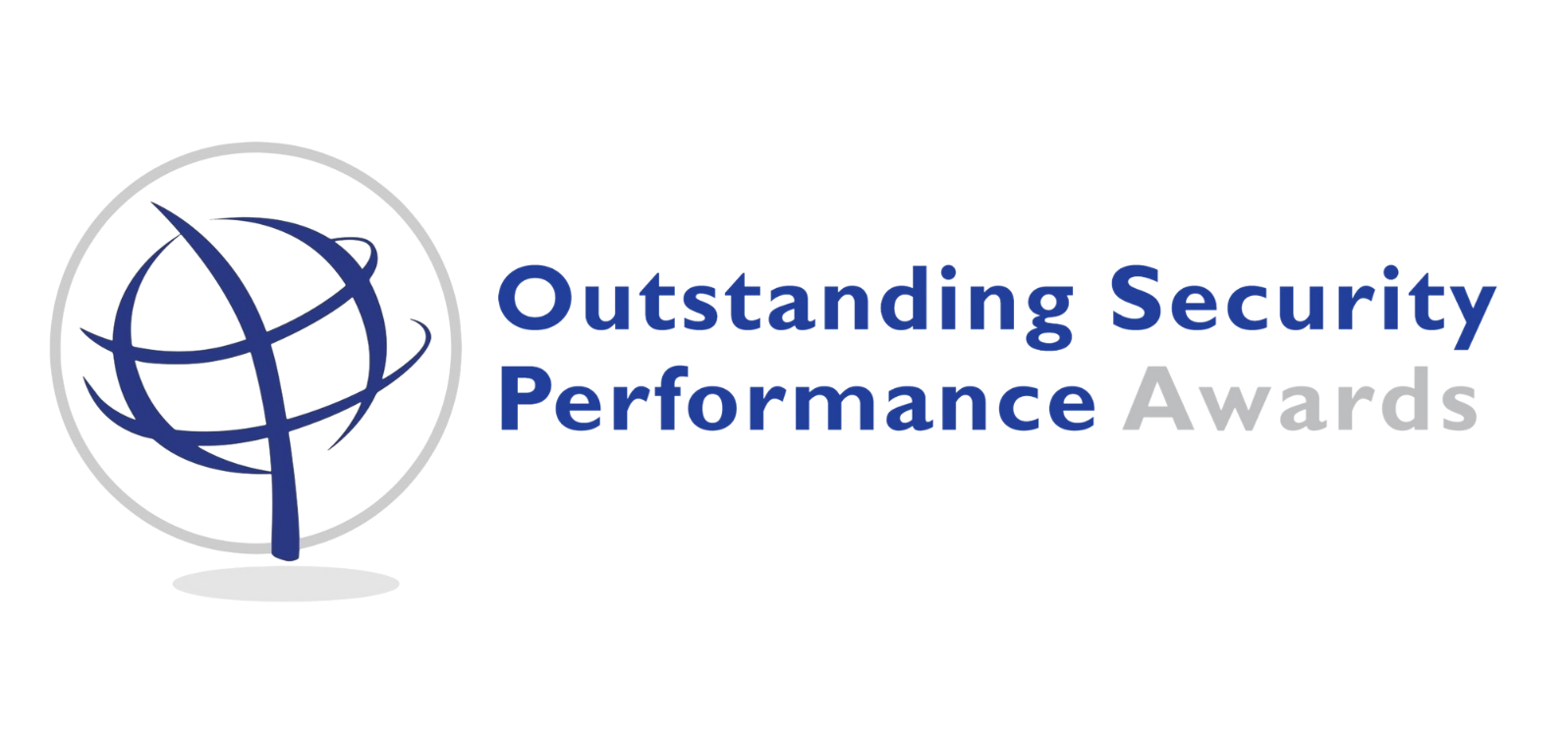There are many offences against wildlife and they can be serious. For example, illegal wildlife markets are being exploited by international organised crime groups because they are seen as low risk and high reward. The consequences are serious, the widespread problem of illegal fishing is just one example where the impact has been under employed fishing crews turning to drug trafficking or being exploited on the high seas. Sometimes investment in tackling offences sometimes comes up against investment decisions about conservation. Meanwhile, although the protection of wildlife is not a common discussion item amongst law enforcement authorities and the security sector, a range of preventive strategies are in operation to tackle a varied range of offence types, some that have worked better than others. This webinar will discuss:
- The scale and range of wildlife offending
- The consequences and the potential remedies
- The areas where tackling offences are working and the gaps where more focus is needed
Chair: Professor Martin Gill
Panellists:
William Moreto – Associate Professor of Criminal Justice, University of Central Florida
Melanie Flynn – Senior Lecturer in Criminology and Policing, University of Huddersfield
Georgie Barnard – CEO, West End Security Group
Key points
Melanie Flynn stresses that causing harm to wildlife is serious and this need to be more obviously reflected in the response. Several headline issues are outlined including: corruption in enforcement regimes; a lack of resources; a lack of awareness; and a tendency to assume that deterrent models of justice will work when more nuanced responses are needed, for example on opportunity reduction and by taking account of communities and their needs and capacities. Melanie resists the suggestion there is a global solution; underlines the importance of looking more determinedly at evidence-based solutions; and while drawing attention to the pockets of good practice calls for more attention be devoted to them. With a focus on the role of victimology Melanie invites attention on the connection between those who commit wildlife crimes and other offence types; the environmental impacts; and the need to speak up for the vulnerable and introduces the concept of animal advocates. Even courts could be encouraged to penalise more imaginatively requiring compensation for animal therapy or vet treatment for example.
Will Moreto notes that ‘wildlife crime’ encompasses a wide range of activities from illegal hunting to trafficking, and many do not fully comprehend the dimensions of related offences. You will witness him discussing organised crime, and the role of corruption. He draws attention to the shortcomings of the policing and prosecution approaches and the inadequacy of legal frameworks as well as the lack of political will to deal with this type of offending. And while welcoming conservation efforts he highlights the importance of understanding human intervention and the broader impact of different initiatives; the whole issue of culture has an important role to play. Given these issues he draws attention to the value of effective community engagement and creating guardians for animals. Responses need to be specific; there is a lack of resources and a lack of understanding including about the role of technologies. Hence the importance of raising awareness and emphasising the value of education and drawing attention to the range of different impacts, including on humans and their welfare and livelihoods when wildlife crime is left unchallenged. Will presents some horrendous statistics on the marginalisation of women in the response, underlining the gaps in policing that need to be addressed.
Georgie Barnard, a former police officer, noted that this area was a huge challenge for policing; the training for officers is minimal and was always seen as specialist even more so now with even less resources devoted to it. Moreover, both the inadequacy of the law (which is both difficult to apply and also to update) and the lack of understanding of the nuances of rural and urban area crime profiles serve to further undermine policing efforts. That said, some effective partnerships have been developed, notably with those protecting different types of animals, and those charged with enforcing business regulations. There is an interesting discussion, resulting from an audience question, about the inevitable tendency to see crime against animals as less worthy than offences against humans. Here Georgie too highlights the need for greater awareness of the implications of wildlife crime giving as an example hare coursing and the disruptions that ensue for farmers for example. Moreover, and crucially, serious offenders engaged in wildlife crime don’t just specialise in offending against animals, they commit other offences too, so effective policing will benefit humans too.
When the panellists were asked for their view of the most important strategic options to tackle wildlife crime, Georgie highlighted the need to promote respect for animals and educate the public on the impact and consequences of offences; Will called for a multifaceted education approach with effective communication as a central platform and with messages being properly contextualised; Melanie, a victimologist, called for the greater sharing of best practice and taking more steps to recognise animals as victims.
References to further work provided by Melanie
Wellsmith, M. (2011). Wildlife Crime: The Problems of Enforcement. European Journal of Criminal Policy and Research, 17/2: 125-48 (ePrint version here)
Flynn, M. and Hall, M. (2017). The case for a victimology of nonhuman animal harms. Contemporary Justice Review, 20/3: 299-318 (ePrint available here)
And by Will
William D. Moreto, Rod K. Brunson, Anthony A. Braga, ‘Anything We Do, We Have to Include the Communities’: Law Enforcement Rangers’ Attitudes Towards and Experiences of Community–Ranger Relations in Wildlife Protected Areas in Uganda, The British Journal of Criminology, Volume 57, Issue 4, July 2017, Pages 924–944, https://doi.org/10.1093/bjc/azw032
Moreto, W., & Charlton, R. (2021). Rangers can’t be with every elephant: Assessing rangers’ perceptions of a community, problem-solving policing model for protected areas. Oryx, 55(1), 89-98. doi:10.1017/S0030605318001461
The WWF report: https://www.worldwildlife.org/publications/life-on-the-frontline-2019-a-global-survey-of-the-working-conditions-of-rangers
Richard L Elligson, Jr, Mónica Álvarez Malvido, William D Moreto, Female Rangers in Latin America: An Assessment of Role, Recruitment, and Work Environment, Policing: A Journal of Policy and Practice, Volume 17, 2023, paad007, https://doi.org/10.1093/police/paad007
Professor Martin Gill
11th May 2023

